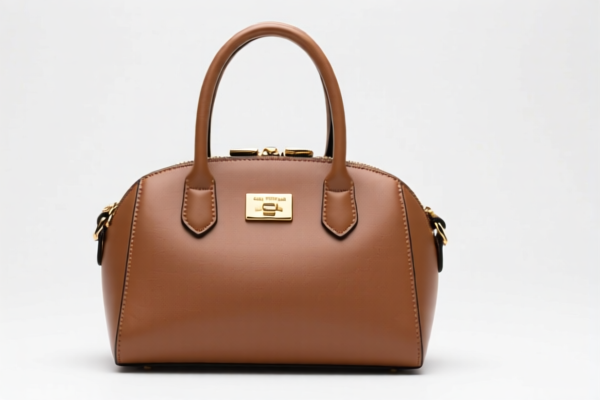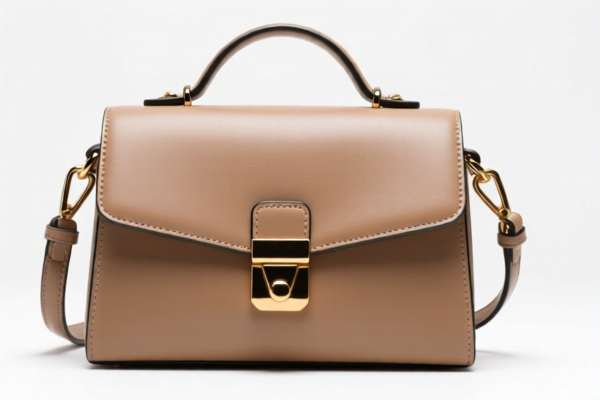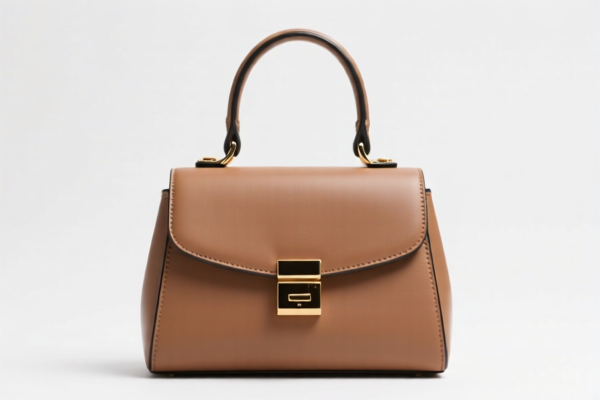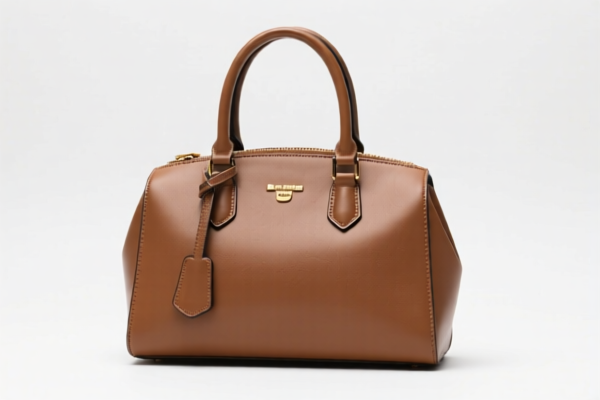| HS Code | Official Doc | Tariff Rate | Origin | Destination | Effective Date |
|---|---|---|---|---|---|
| 4202216000 | Doc | 65.0% | CN | US | 2025-05-12 |
| 4202329300 | Doc | 72.6% | CN | US | 2025-05-12 |
| 6114909070 | Doc | 35.6% | CN | US | 2025-05-12 |
| 6114909045 | Doc | 35.6% | CN | US | 2025-05-12 |
| 3926903300 | Doc | 36.5% | CN | US | 2025-05-12 |
| 3923900080 | Doc | 58.0% | CN | US | 2025-05-12 |
| 3923300090 | Doc | 58.0% | CN | US | 2025-05-12 |




Handbag
A handbag, also commonly known as a purse or pocketbook, is a self-contained container used to carry personal belongings.
Material
Handbags are constructed from a diverse range of materials, influencing their durability, aesthetic, and price point. Common materials include:
- Leather: A traditional and durable option, valued for its longevity and appearance. Different types of leather (e.g., full-grain, top-grain, suede, patent) offer varying qualities and textures.
- Synthetic Leather (PU/PVC): A cost-effective alternative to genuine leather, offering similar aesthetics with lower maintenance requirements.
- Canvas: Lightweight and often coated for water resistance, frequently used for casual handbags.
- Fabric (Nylon, Polyester, Cotton): Used for both casual and more structured designs, offering a wide range of colors and patterns.
- Exotic Skins (Crocodile, Snakeskin): Luxury materials known for their unique textures and high cost.
- Straw/Wicker: Typically used for summer or casual handbags.
- Metal: Increasingly used for structural elements or as a primary material for statement pieces.
Purpose
The primary purpose of a handbag is to transport essential personal items. These items can include:
- Wallet/Money: Cash, credit cards, identification.
- Keys: House, car, office.
- Mobile Phone: Smartphones and related accessories.
- Cosmetics: Makeup, lip balm, perfume.
- Personal Hygiene Items: Hand sanitizer, tissues.
- Small Electronics: Chargers, earbuds.
- Documents: Passport, driver's license.
Function
Handbags serve both practical and aesthetic functions.
- Organization: Internal compartments and pockets help to keep belongings organized.
- Security: Many handbags feature closures (zippers, clasps, magnetic snaps) to secure contents.
- Style Statement: Handbags are often chosen to complement an outfit and express personal style.
- Portability: Handles, straps, or chains allow for convenient carrying.
Usage Scenarios
Handbag selection often depends on the intended use:
- Everyday Use: Larger tote bags or shoulder bags are suitable for daily commutes and errands.
- Formal Events: Clutches, wristlets, or smaller structured bags are appropriate for evenings out or special occasions.
- Travel: Crossbody bags or backpacks offer security and hands-free convenience.
- Work/Business: Structured tote bags or briefcases are often used to carry documents and laptops.
- Casual Outings: Shoulder bags, crossbody bags, or tote bags are suitable for everyday wear.
Common Types
- Tote Bag: Large, open-top bag with two handles.
- Shoulder Bag: Bag with a long strap designed to be carried over the shoulder.
- Crossbody Bag: Bag with a long strap worn across the body for security and comfort.
- Clutch: Small, handheld bag, typically without handles or straps.
- Satchel: Structured bag with a top handle and a long strap.
- Backpack: Bag worn on the back with two shoulder straps.
- Hobo Bag: Crescent-shaped bag with a slouchy appearance.
- Bucket Bag: Bag with a cylindrical shape and a drawstring closure.
- Wristlet: Small bag with a strap worn around the wrist.
- Messenger Bag: Bag with a long strap and a flap closure, often used for carrying books or documents.
- Mini Bag: Small, compact bag designed to hold essential items.
Handbags are containers designed for carrying personal belongings. They come in various materials, including leather, composition leather, plastics, textile materials, vulcanized fiber, and paperboard, and are used for personal transport of items.
The following HS codes are relevant to handbags, based on the provided information:
- 4202216000: This HS code falls under Chapter 42, which covers articles of leather or of composition leather, of sheeting of plastics, of textile materials, of vulcanized fiber or of paperboard. Specifically, it covers trunks, suitcases, vanity cases, etc., and handbags, whether or not with shoulder strap, including those without handle, with outer surface of leather or of composition leather, valued not over $20 each. The tax rate details are: Basic tariff: 10.0%, Additional tariff: 25.0%, Additional tariff after 2025.4.2: 30.0%, with a total tariff of 65.0%.
- 4202329300: This HS code also falls under Chapter 42, covering articles of leather or of composition leather, etc. It specifically covers articles of a kind normally carried in the pocket or in the handbag, with outer surface of sheeting of plastics or of textile materials, with outer surface of textile materials, of man-made fibers (670). The tax rate details are: Basic tariff: 17.6%, Additional tariff: 25.0%, Additional tariff after 2025.4.2: 30.0%, with a total tariff of 72.6%.
- 3926903300: This HS code falls under Chapter 39, covering other articles of plastics and articles of other materials. Specifically, it covers beads, bugles and spangles, not strung (except temporarily) and not set; articles thereof, not elsewhere specified or included, including handbags. The tax rate details are: Basic tariff: 6.5%, Additional tariff: 0.0%, Additional tariff after 2025.4.2: 30.0%, with a total tariff of 36.5%.
Customer Reviews
No reviews yet.